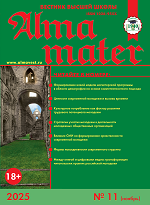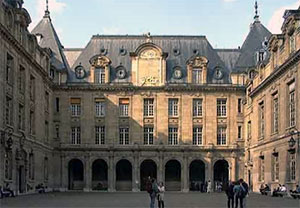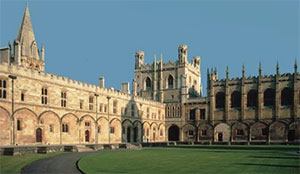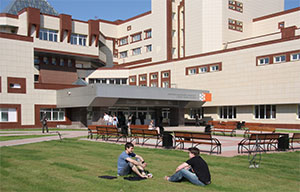UDC [111:005.6]:378
https://doi.org/10.20339/AM.08-20.059
A.Yu. Sklyarevsky is Cand.Sci. (Economy), doc. at Russian University of Cooperation e-mail: auskl@mail.ru ; and V.A. Sklyarevskaya is Cand.Sci. (Economy), doc. e-mail: sklva@bk.ru
at Moscow State University of Technology and Management n.a. K.G. Razumovsky
Expounded is the essence of philosophy of the father of “Japanese miracle”, the founder of quality management system, American scientist Edward Deming, whose recommendations were quickly raised Japan from ruins and turned into prosperous country that delighted the entire progressive world. The biography of Dr. Deming is briefly covered, in which a very unique situation takes special place, when a foreigner was awarded the Order of the Blessed Treasure by the Emperor of Japan for services to his people. The paper presents the main principles of continuous improvement of the quality by E. Deming, which are particularly relevant for Russia. Presented is the author’s interpretation of first two fundamental principles, concerning the system of Russian higher education.
Key words: Deming quality philosophy, Deming principles, continuous improvement of quality, changing attitude to staff, leadership of manager, higher education.
References
1. Federal Law “On education in the Russian Federation”, dated 21.07.2014 No. 256-FZ. (amended by No. 392-FZ of 05.12.2017).
2. Biography of E. Deming. URL: https://deming.pro/deming.html
3. Deming, U.E. Overcome the crisis. A new paradigm for managing people, systems and processes. Moscow, 2015.
4. Deming, U.E. Management of new time. Simple mechanisms, that lead to growth, innovation and market dominance. Moscow, 2019.
5. Niv, H.R. Dr. Deming’s space. Principles of building a sustainable business. Moscow, 2005.
6. Sklyarevskaya, V.A. Higher education in Russia: problems and ways to solve them. Saarbrücken, 2014.
7. Skdyarevsky, A.Yu. Actual problems of higher education quality and some ways to solve them. Actual problems of socio-economic development of Russia. 2018. No. 2. P. 54–57.











.png)






